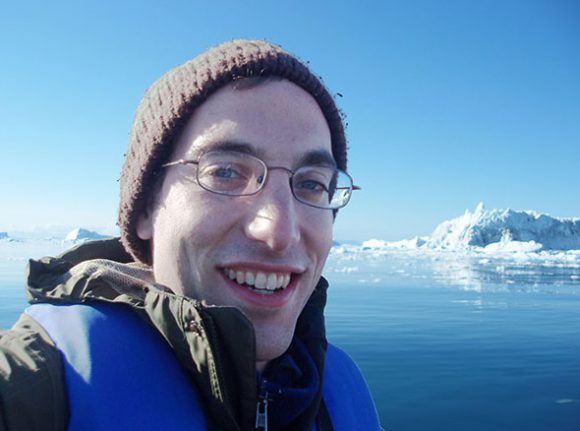
Robert E. Kopp, associate professor in the Department of Earth and Planetary Sciences. Photo: Robert E. Kopp.
Regional Sea-Level Scenarios Will Help Northeast Plan for Faster-than-Global Rise
Editor’s Note: This article originally appeared in Rutgers Today.
Global sea level could rise by as much as 8 feet by 2100 in a worst-case scenario, according to a federal report coauthored by Robert E. Kopp, associate professor of the Department of Earth and Planetary Sciences and Rutgers Energy Institute associate director.

Sea-level rise is expected to result in more frequent flooding. Photo: National Oceanic and Atmospheric Administration.
“Currently, about 6 million Americans live within about 6 feet of the sea level, and they are potentially vulnerable to permanent flooding in this century. Well before that happens, though, many areas are already starting to flood more frequently,” said Kopp, who leads Rutgers’ new Coastal Climate Risk and Resilience graduate traineeship. “Considering possible levels of sea-level rise and their consequences is crucial to risk management.”
The report, “Global and Regional Sea Level Rise Scenarios for the United States,” provides regional sea-level rise scenarios and tools for coastal preparedness planning and risk management. It also reviews recent scientific literature on “worst-case” global average sea-level projections and on the potential for rapid ice melt in Greenland and Antarctica.
The report was written by William V. Sweet of NOAA; Kopp; Christopher P. Weaver of the U.S. Environmental Protection Agency; Jayantha Obeysekera of the South Florida Water Management District; Radley Horton of Columbia University; E. Robert Thieler of the U.S. Geological Survey; and Chris Zervas of NOAA.

